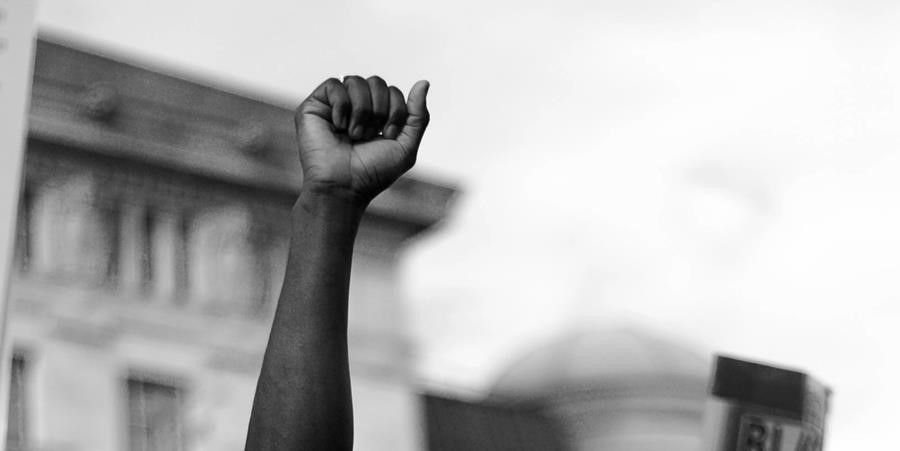Pilgrimage
- Nancy Tondy
- Dec 15, 2024
- 4 min read
December 15, 2024

Image: Walking to Bethlehem (Canva), reflection by Tess Veloso
In those days, a decree went out from the Emperor Augustus that all the world should be registered...This was the first registration and was taken while Quirinius was governor of Syria. All went to their own towns to be registered. Joseph went from the town of Nazareth in Galilee to Judea, to the city of David called Bethlehem, because he was descended from the house and family of David. He went to be registered with Mary, to whom he was betrothed, and who was expecting a child. While they were there, the time came for her to deliver her child. And she gave birth to her firstborn and wrapped him in bands of cloth, and laid him in a manger, because there was no place for them in the inn. Luke 2:1-14, Comprehensive Catholic Lectionary
Jesus spent his ministry on his feet—walking from home to home, from town to town, from seaside to mountaintop. The story of the birth of Jesus is also a story about walking—Mary and Joseph walking together from Nazareth to Bethlehem to comply with the census requirements.
Contrary to what we see on Christmas cards and in Christmas pageants, it is unlikely that Joseph had a donkey on which Mary could ride. Their journey—of 90 miles—was on foot, with Joseph guiding the way and Mary making the journey with him, even as she also journeyed through her pregnancy, every step nearing not just Bethlehem but the birth of her baby.
Quite an undertaking for a woman late in her pregnancy, newly married to a man who was not the father of her baby!
And what must have Joseph thought? He had agreed to marry—and thus protect—a young woman already pregnant. Instead of establishing his household, he was compelled by law to travel to the town of his ancestry so he could be counted in the census—just pick up and go. There was no plan, just an edict. Not an easy way to start a marriage, let alone plan for the approaching birth of a child.
There was no way out of it—they just had to do it.
Imagine all the things Joseph felt responsible for—food, water, supplies. The trip would take several days walking, so he would have to find places to stay overnight. He would have to worry about Mary’s condition. How far could she reasonably travel? What accommodations would she need along the way? Where could they stay once they reached Bethlehem? After registering for the census, they would have to make the return trip to Nazareth, with the same concerns and worries about the travel. And when and where might the baby be born? Where would he find help if he needed it? All unknowns. Joseph could plan but could not predict.
How could he know this trip would become a sacred journey, a pilgrimage?
We begin journeys with an end in mind. Physical journeys end in arrival at a specific, predetermined place. Joseph’s journey was meant to take his fledgling family to Bethlehem and back.
Spiritual journeys may or may not have a specific end in mind. The time between starting and arriving is where learning and transformation take place. It is only after arriving that meaning is perceived. The time between starting and arriving may be planned, but can’t be predicted.
Joseph undertook this journey because he was required to. Our journeys are often not willed or wanted: A frightening diagnosis, the care of declining parents, loss of livelihood, economic calamities, natural disasters, loss of a loved one, chronic illness—the list is endless. There’s no way out of it—we just have to do it.
Unanticipated requirements, unanticipated outcomes can cause us to wonder at, to savor the Divine touch. And, in the end, the objective may have been reached or it may have been replaced with something unexpected.
But each step, even toward the unknown, becomes holy, as we give ourselves over to the journey. Joseph had to trust they would make it to Bethlehem. Trust for us may not come easily, as we navigate demanding times. But each moment, each hour or day or week gathers holiness that in the end sustains us. There is nowhere we can go that God’s love is not present, felt or not felt. We are cherished for eternity, whether we feel it or not.
Surely Joseph had moments of uncertainty, but he kept going, believing in the outcome. So they started. Step by step. Mile by aching mile. An unanticipated pilgrimage with an impossible ending—or beginning—or confirmation—of what had always been: God with us, in the world, as one of us.
And so, as we put one foot in front of another and another and another and another on our individual journeys, aware of where we are going or not, may we know that each step is holy, each desire is holy, each prayer is holy. We are holy.
SACRED GROUND
By Rosemerry Wahtola Trommer
And if, as I now know, the closet
is sacred and the bare room
is sacred and the sidewalk
and classroom and the ER
are sacred, then I trip
into the teaching
that everywhere is sacred—
not only the church, but
the alley. Not only the mosque,
but the bench.
Not only the places in candlelight
where the air is pungent
and woody with myrrh.
I want to worship
at the shrine of everywhere,
want to know every inch
of this earth as an altar—
every walk, a pilgrimage.
Every step, a step
From holy to holy
to holy.
To Face the Dark
By Rosemerry Wahtola Trommer
To face the dark,
one does not need a light.
Nor does one need a watch,
a feather, a melody, a sword, a pen.
One doesn’t even need a friend.
To face the dark,
one needs only to face the dark.
There is something easier then
about the facing, when we know
we need no preparation.
Nothing is asked of us except
the willingness to face the dark,
the willingness to pause
in that moment when we
cannot see, cannot know,
cannot float on the sea of habit,
cannot fly on the feathers of routine.
But already, I’ve taken this too far.
It’s so simple, the invitation,
that it’s easy to miss what is asked.
Not a journey. Not even a step.
Just the chance to face the dark,
to meet yourself in that facing—
and to notice what’s being erased
and what’s doing the erasing.




Comments